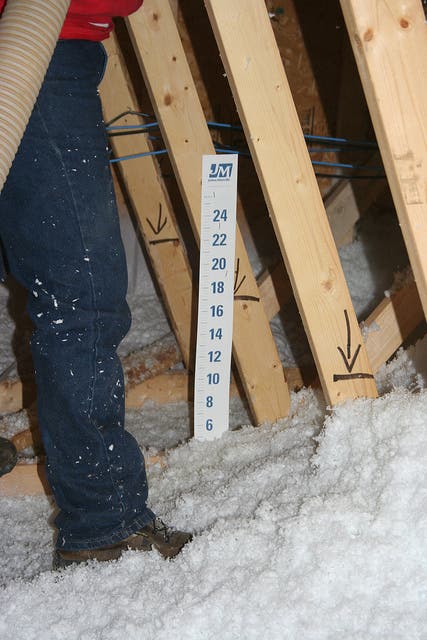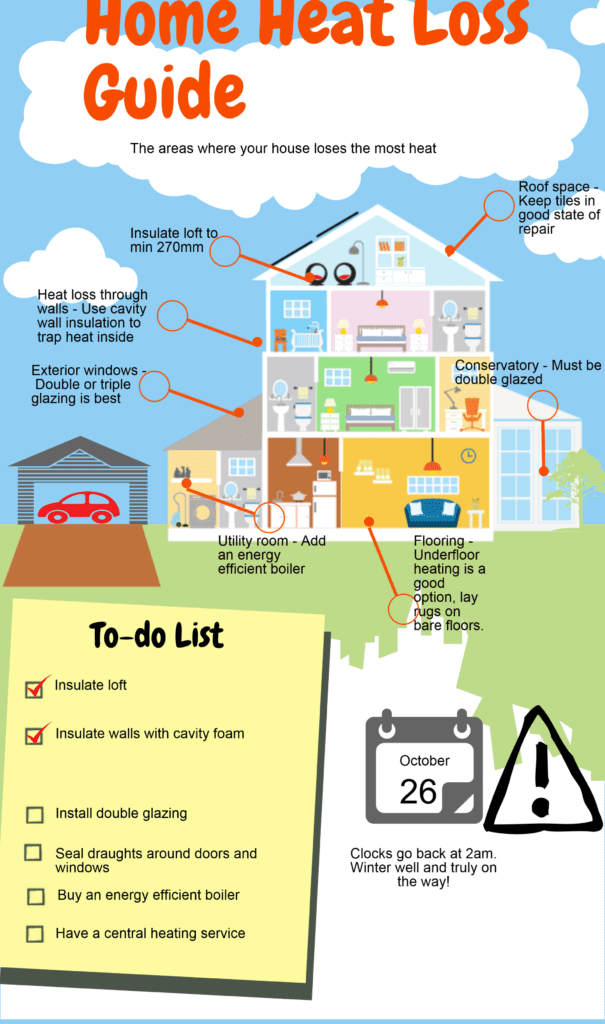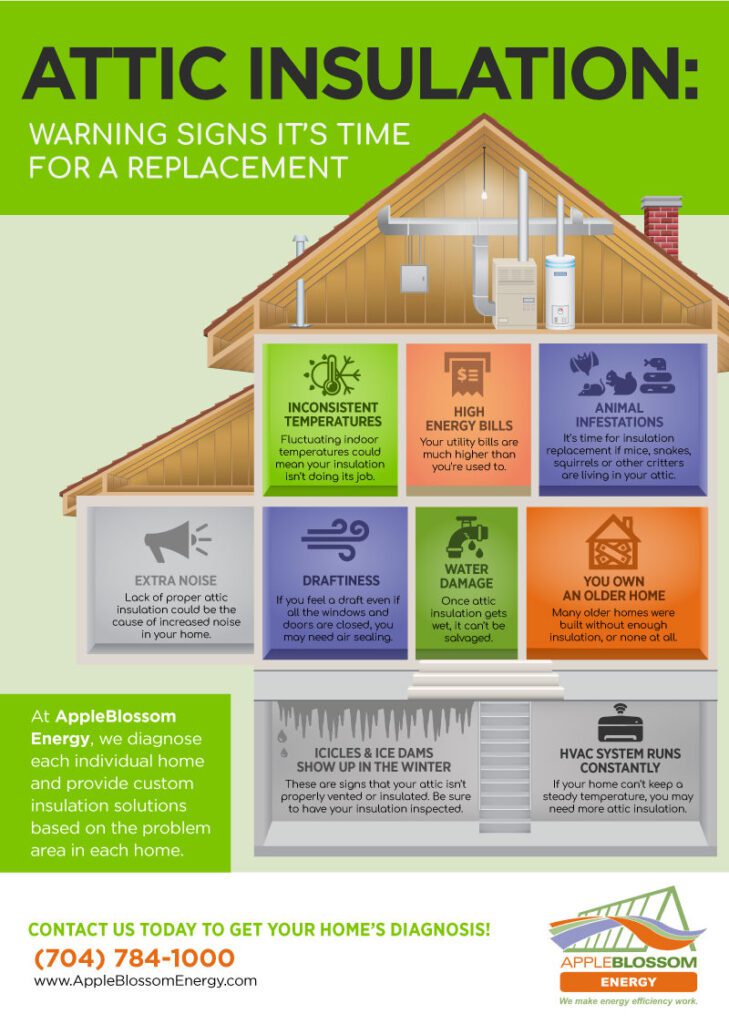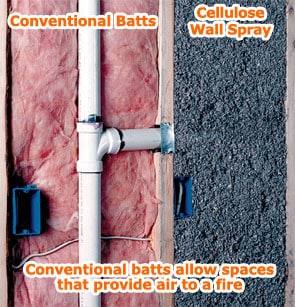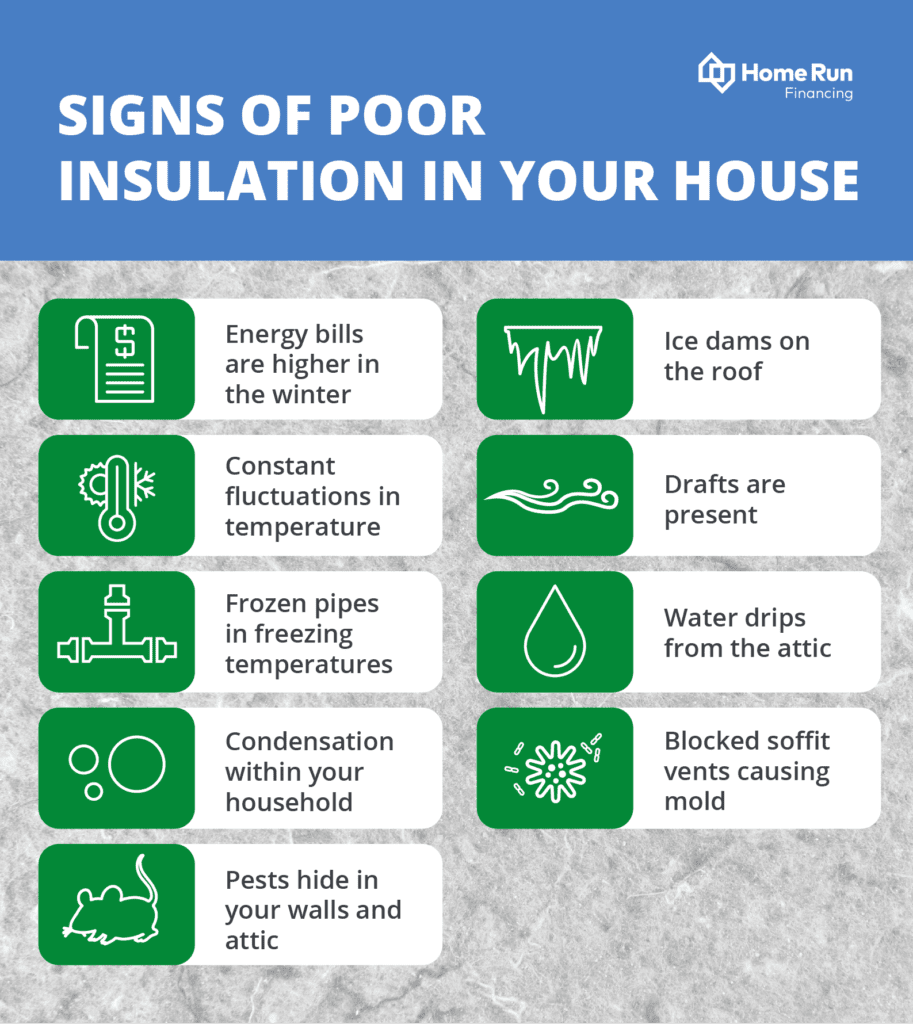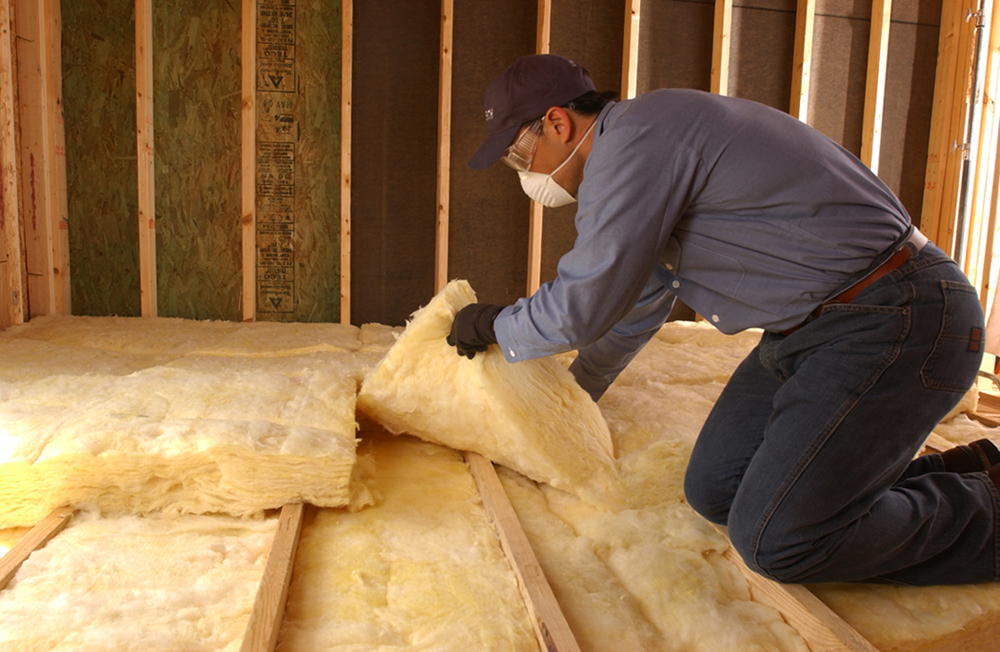Are you wondering how to test the insulation in your attic? Testing the effectiveness of attic insulation is crucial for maintaining energy efficiency in your home. In this article, we will explore different methods that you can use to test your attic insulation and ensure that it is doing its job effectively.
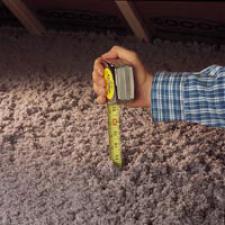

Visual Inspection
When it comes to testing attic insulation, one of the first steps is conducting a visual inspection of the space. This involves checking for gaps and holes in the insulation material. These gaps and holes can occur due to various reasons, such as poor installation or damage over time. It’s important to identify and address these gaps and holes, as they can significantly impact the efficiency of your insulation.
During the visual inspection, it’s also crucial to look for any discoloration or mold growth in the attic. Discoloration can indicate areas where the insulation might have been compromised, allowing moisture to seep through. Mold growth can be a sign of excessive moisture, and it can also cause health issues. By identifying discoloration or mold, you can take the appropriate steps to rectify the situation and ensure a healthy and efficient attic space.
Thermal Imaging
Thermal imaging is another effective method to test attic insulation. By using infrared cameras, you can identify areas of heat loss or insulation inefficiencies. These cameras detect infrared radiation, allowing you to visualize temperature differences in the attic. This technology is especially useful because it can detect hidden problems that may not be visible to the naked eye.
When conducting a thermal imaging test, it’s important to perform the measurement during the colder months when the temperature difference inside and outside the attic is more significant. This temperature difference will provide clearer indications of insulation issues. By identifying areas of heat loss, you can make targeted improvements to your attic insulation and enhance energy efficiency.


Smoke Pencil Test
The smoke pencil test is a simple yet effective way to test attic insulation by observing air movements. It involves generating smoke and then observing how it behaves in the attic space. By doing so, you can identify areas where air is seeping in or escaping, indicating insulation issues.
To conduct the smoke pencil test, you need a smoke pencil or a similar device that produces a steady stream of smoke. Start by turning on any fans or exhaust systems in the attic to create a positive pressure. Then, slowly move the smoke pencil around the attic, paying close attention to how the smoke moves. If the smoke is being drawn into certain areas or is dispersing rapidly, it indicates air leakage through cracks or gaps in the insulation.
Blower Door Test
The blower door test is a more comprehensive method of testing attic insulation that measures air leakage in the entire house. While it may not be solely focused on the attic, it can provide valuable insights into the overall efficiency of your insulation system.
To conduct a blower door test, a specialized blower door is installed in an exterior doorframe. The blower door consists of a powerful fan that depressurizes the house, causing air to be drawn in through any cracks or gaps. The technician conducting the test then uses a pressure gauge to measure the air leakage rate. By evaluating the air leakage, you can determine the effectiveness of your attic insulation and identify areas that need improvement.
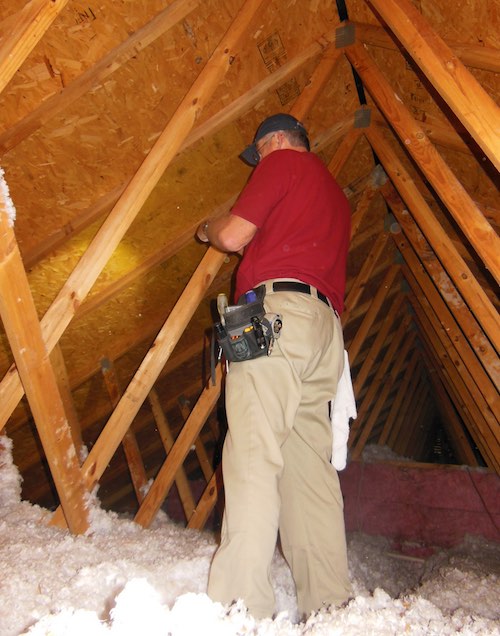

Temperature and Humidity Measurement
Measuring the temperature and humidity in the attic is another way to assess the efficiency of your insulation. By monitoring these factors, you can gain insight into how well the insulation is performing in maintaining a comfortable and energy-efficient environment.
Using sensors, you can measure the temperature in different areas of the attic and compare it to the recommended levels. Inadequate insulation can result in uneven temperature distribution, with certain areas being too hot or too cold. Similarly, monitoring the humidity levels can help identify excessive moisture or poor ventilation, which can lead to insulation deterioration and mold growth.
R-value Measurement
The R-value of insulation refers to its thermal resistance, indicating how well it resists heat transfer. By calculating the R-value of your attic insulation, you can compare it to the recommended levels and determine if any improvements are necessary.
Calculating the R-value involves considering factors such as the insulation type, thickness, and density. Different insulation materials have different R-values, and the higher the R-value, the better the insulation performance. By assessing the R-value, you can make informed decisions about whether to add more insulation or upgrade to a higher R-value material.
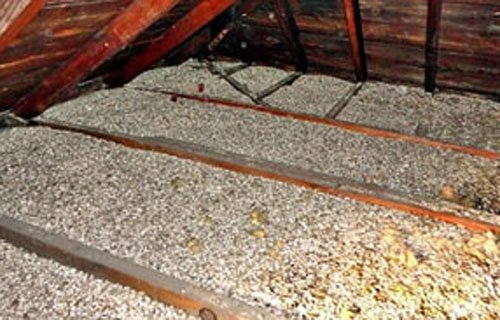

Ventilation Check
Proper ventilation is crucial for a healthy and efficient attic space. During a ventilation check, you will inspect the attic vents to ensure they are free from blockages and operating effectively. Attic vents play a vital role in expelling excess heat and moisture, preventing the buildup of condensation and potential damage to the insulation and overall structure.
Inspecting the attic vents involves checking for any debris, such as leaves or insulation material, that might be blocking the vents. Also, make sure that the vents are properly installed and not damaged. Adequate airflow is essential for moisture management and preventing the attic from becoming excessively hot or cold.
Water Damage Assessment
Water damage can greatly impact the effectiveness of attic insulation. Therefore, it’s essential to assess the attic for any signs of water stains or dampness. Water stains can indicate roof leaks or other moisture issues that might have compromised the insulation material.
Additionally, testing the moisture content in the attic can provide valuable insights into the overall condition of the insulation. Moisture content meters can measure the level of moisture present in the insulation material, helping you identify areas that may need attention. Addressing water damage and controlling moisture is crucial in maintaining a healthy and efficient attic space.
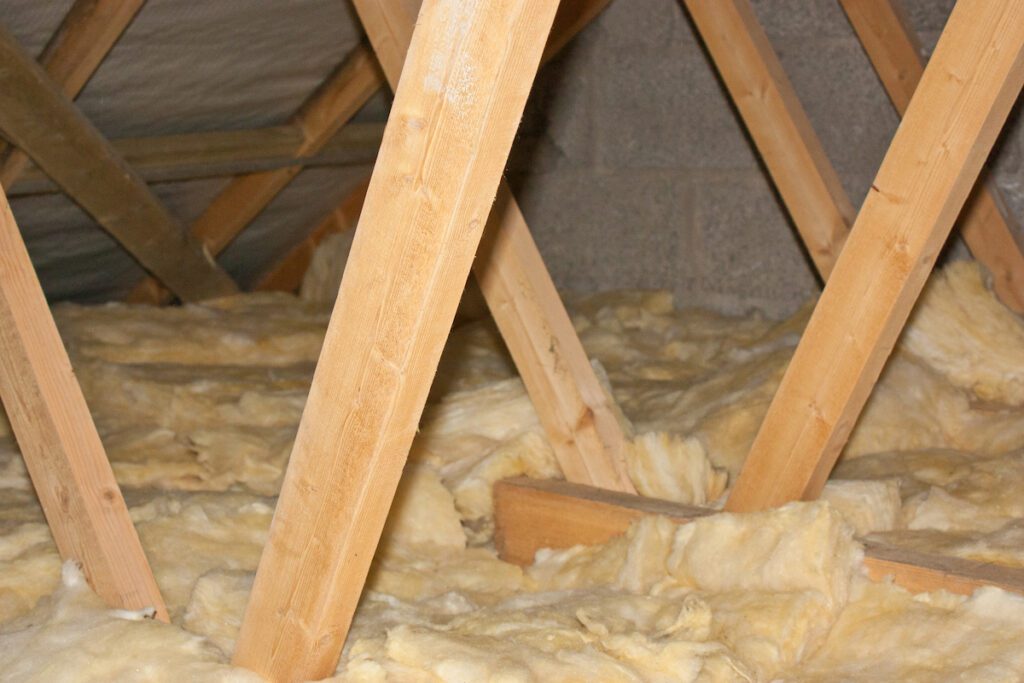

Sound Insulation Test
While primarily focused on insulation for temperature control, attics can also play a role in sound insulation. Conducting a sound insulation test can help determine the effectiveness of your attic insulation in reducing noise transmission from outside or between different areas of the house.
During the test, soundproofing evaluations are performed to measure the reduction in noise levels when different insulation materials or techniques are used. By analyzing the results, you can assess the current sound insulation of your attic and explore options to further enhance noise reduction.
Combustion Safety Test
In addition to assessing insulation efficiency, it’s essential to ensure the safety of your attic space. A combustion safety test helps identify any potential hazards related to the combustion appliances in the attic, such as furnaces or water heaters.
During the test, various factors are evaluated, including proper ventilation, efficient combustion, and absence of leaks or backdrafting. By checking for safety hazards, you can ensure that the attic is a safe environment, free from any risks associated with combustion appliances.
In conclusion, attic insulation testing involves a comprehensive assessment of various factors, such as visual inspection, thermal imaging, air leakage measurement, and moisture assessment. By conducting these tests, you can identify insulation issues, improve energy efficiency, and create a comfortable and healthy attic space. Remember to consult professional technicians or insulation experts for accurate testing procedures and recommendations tailored to your specific attic insulation system.

